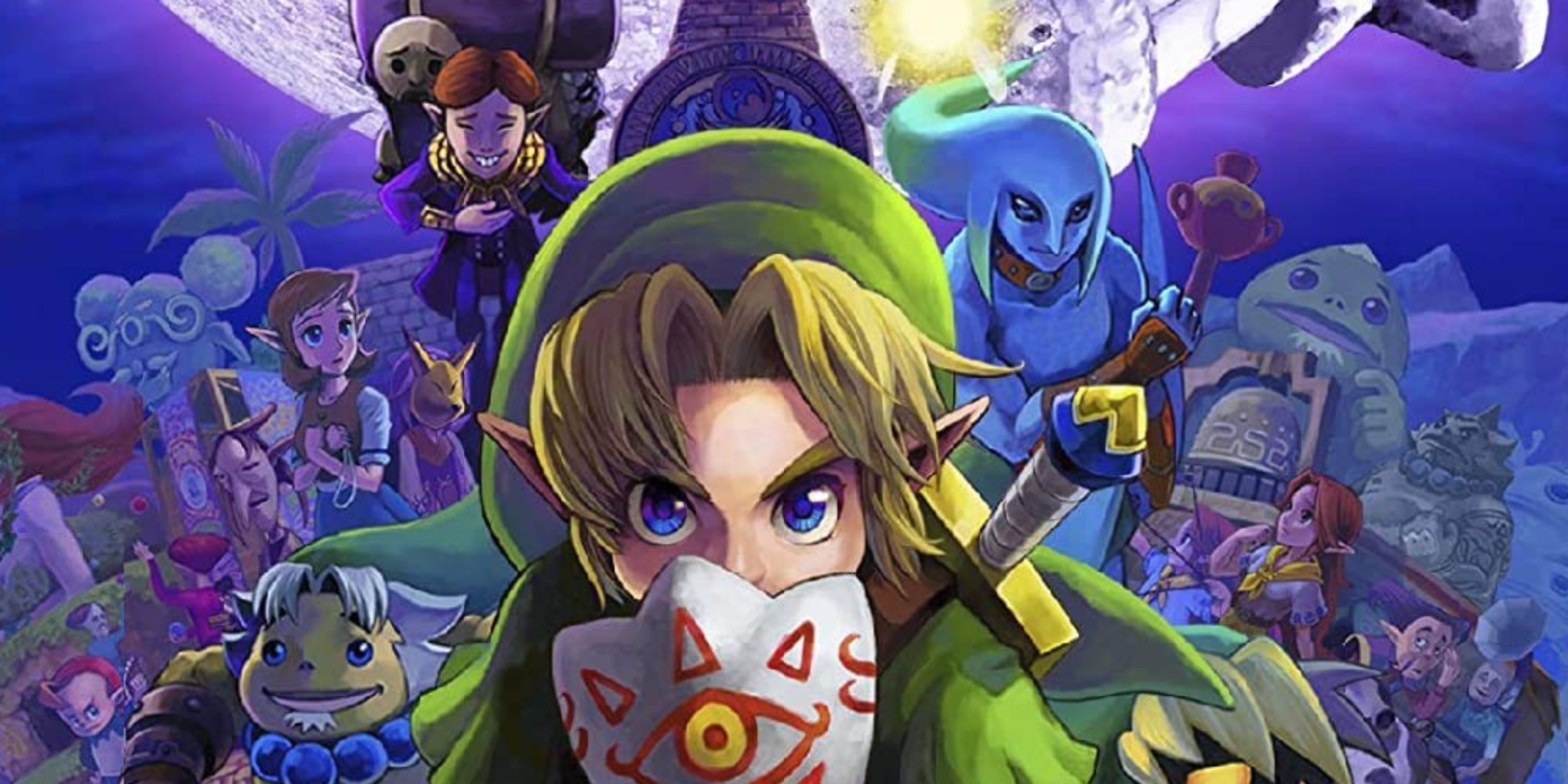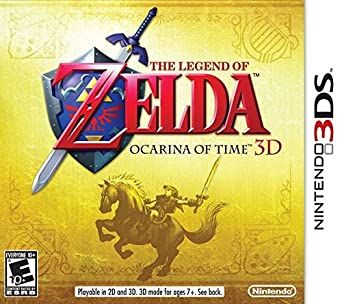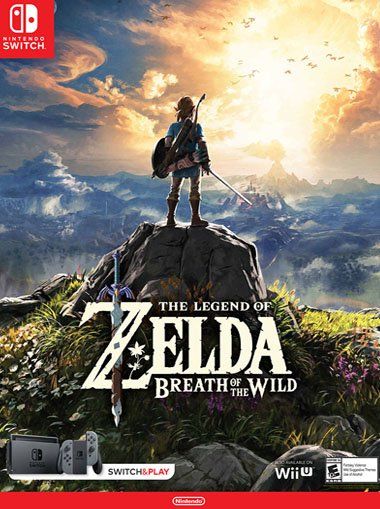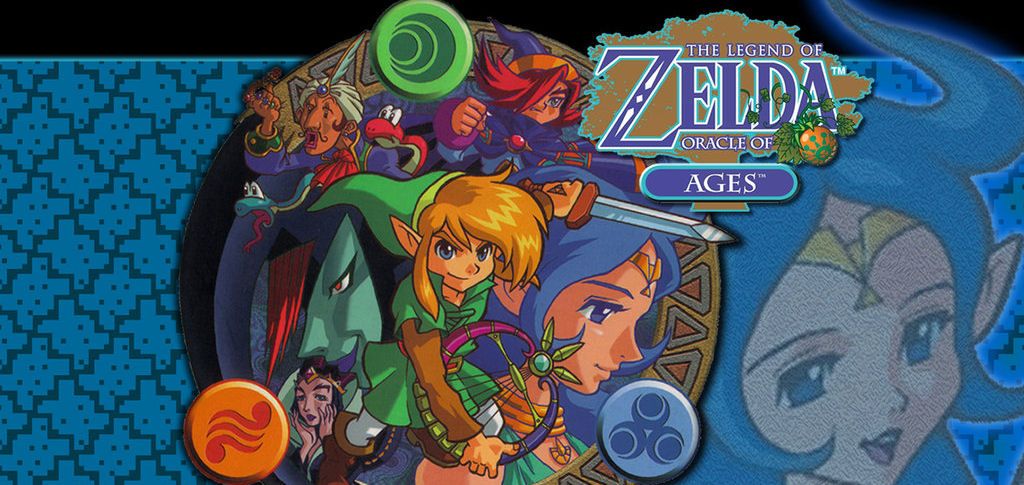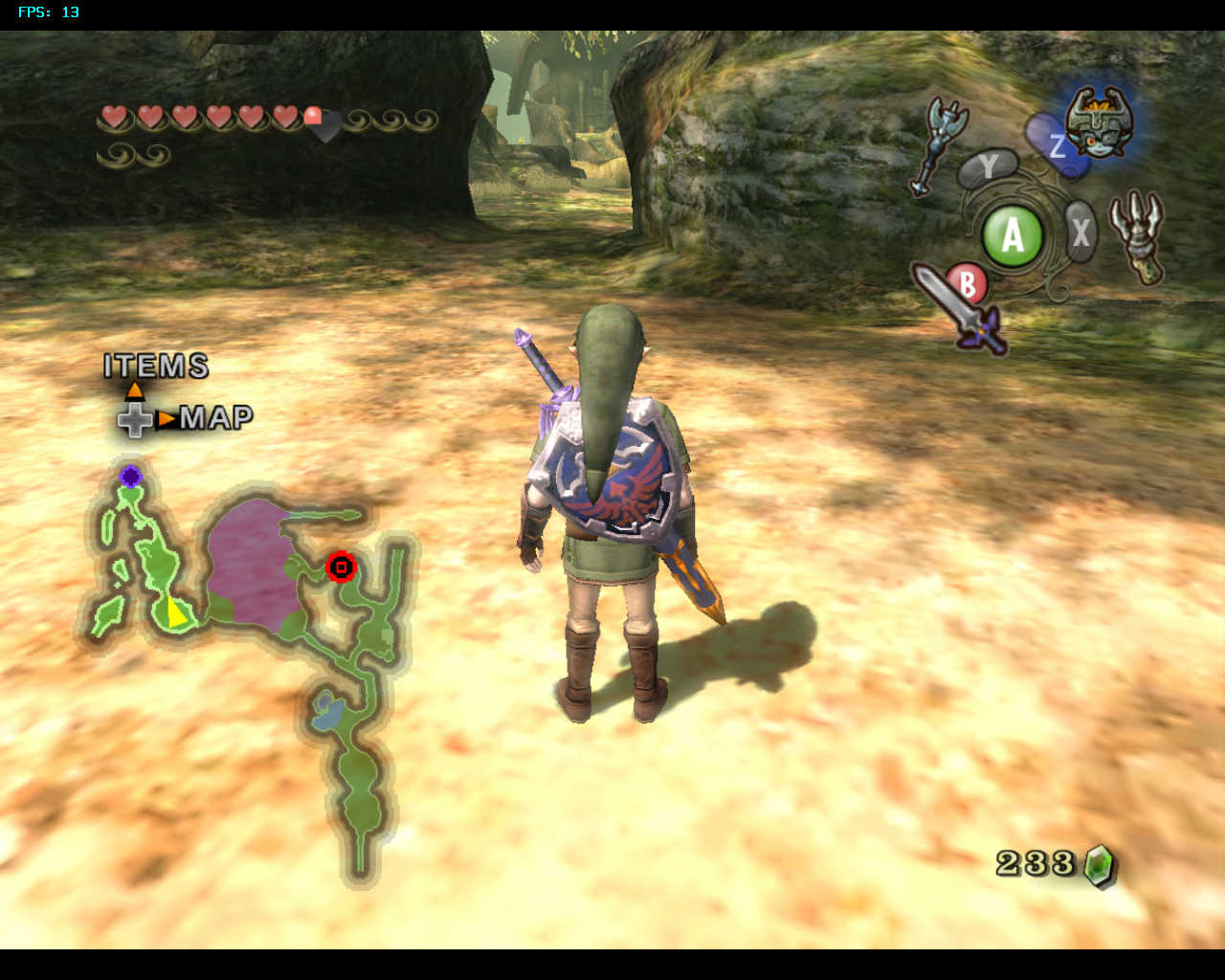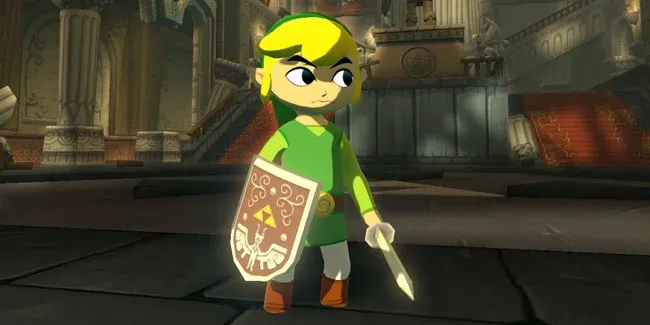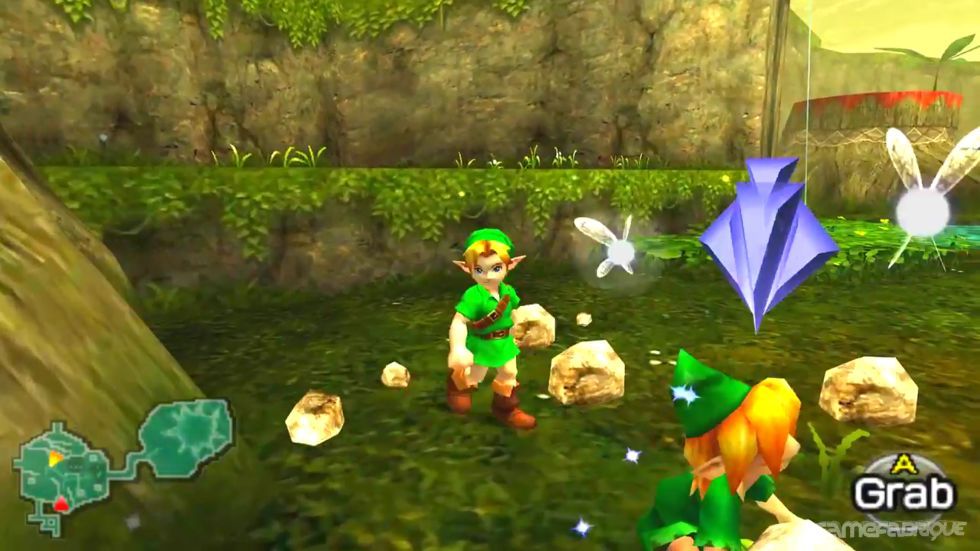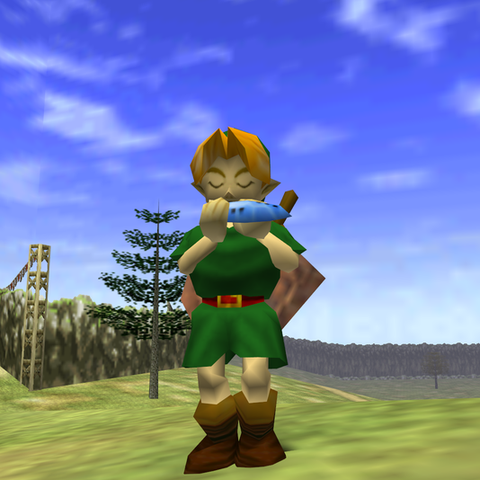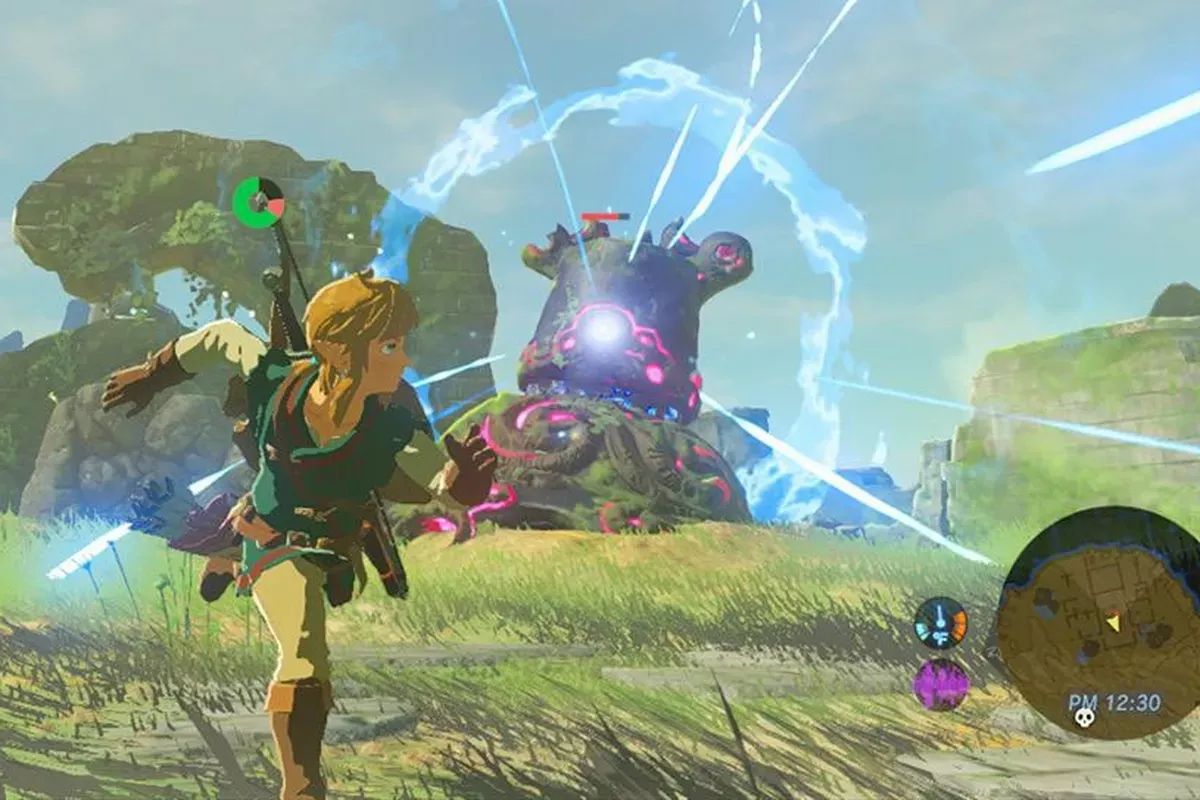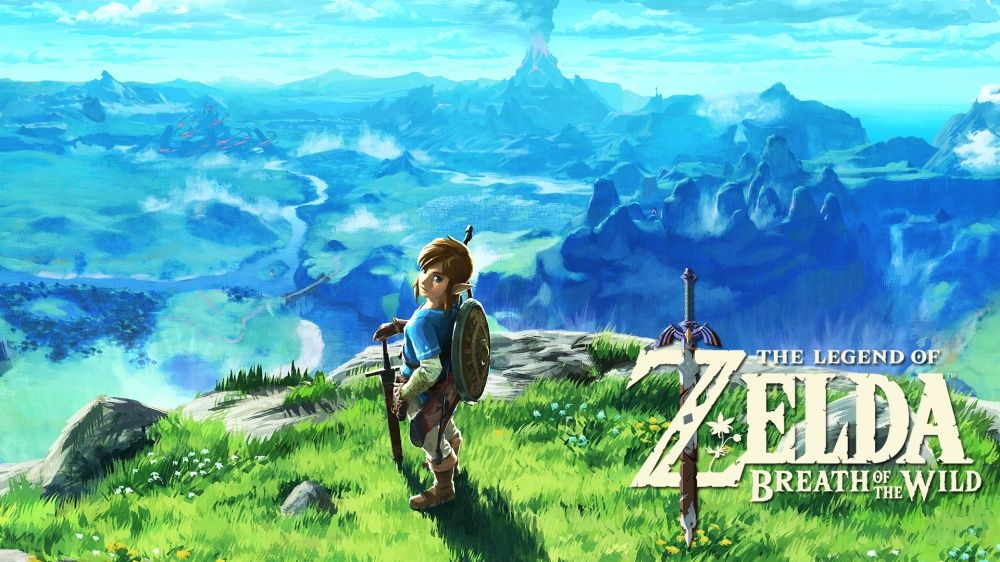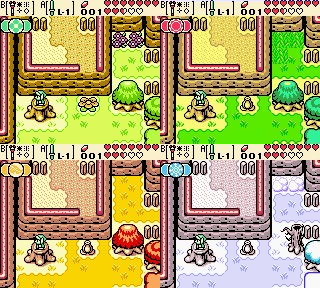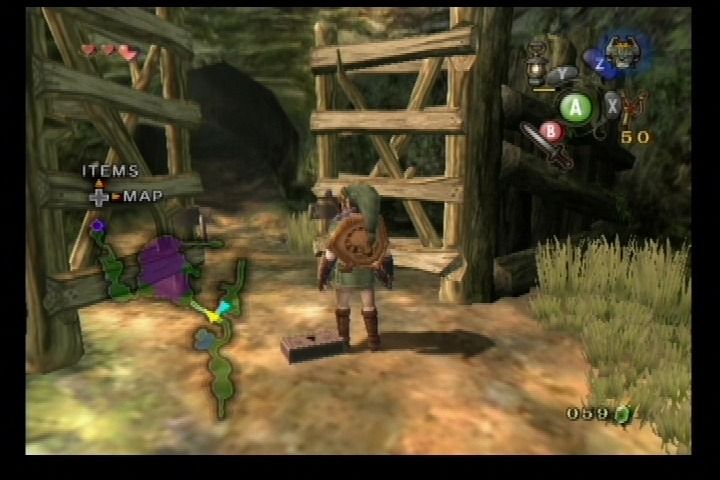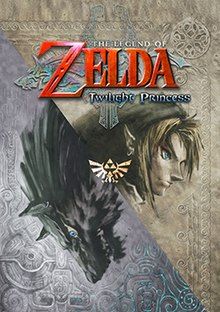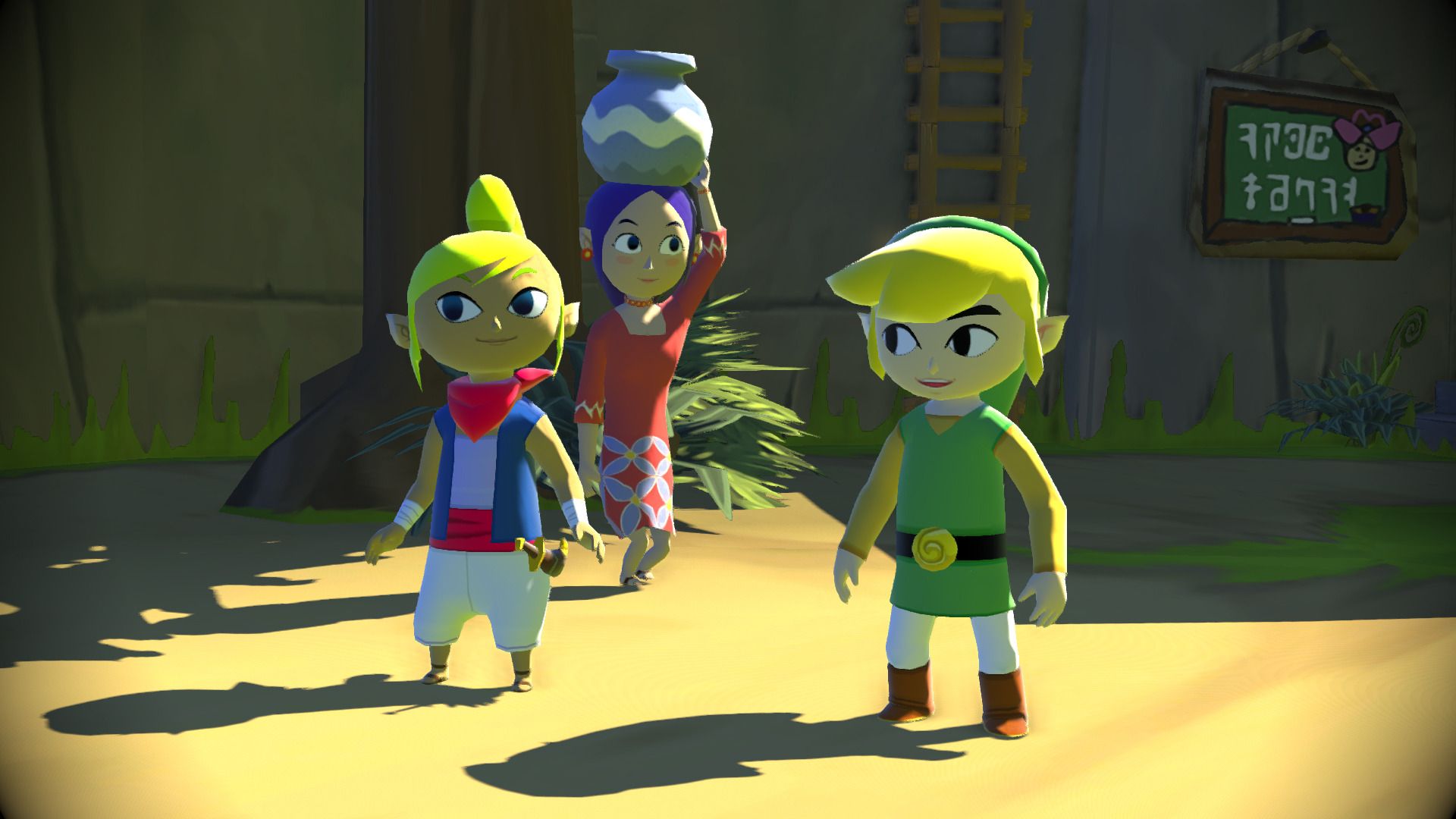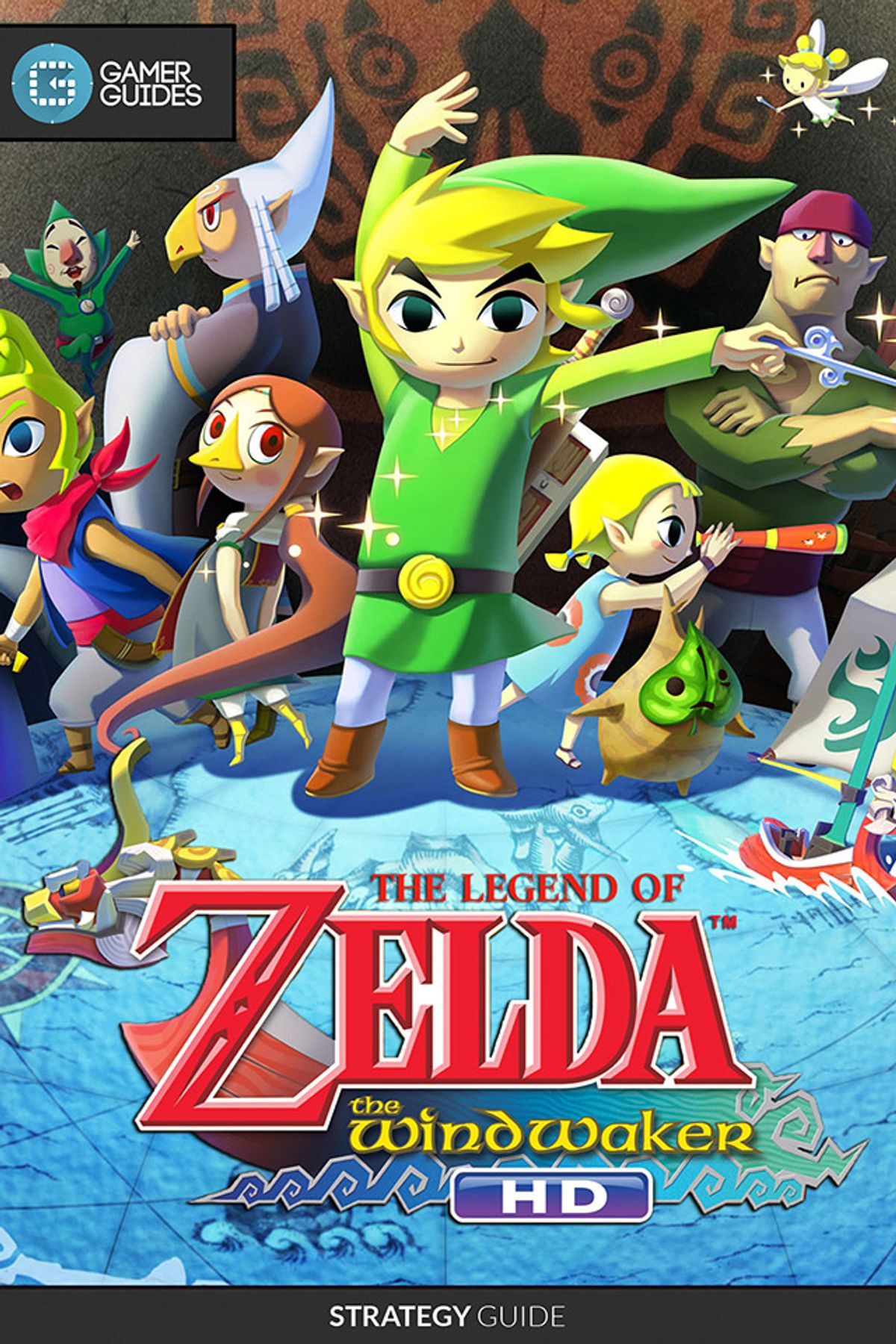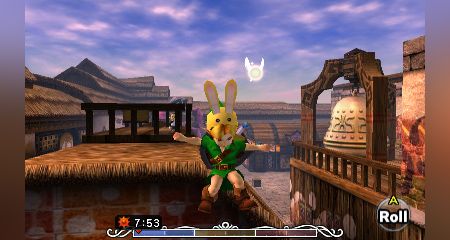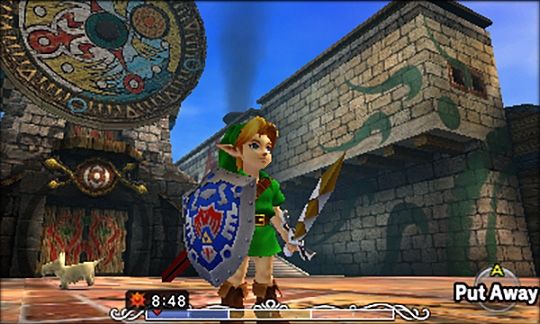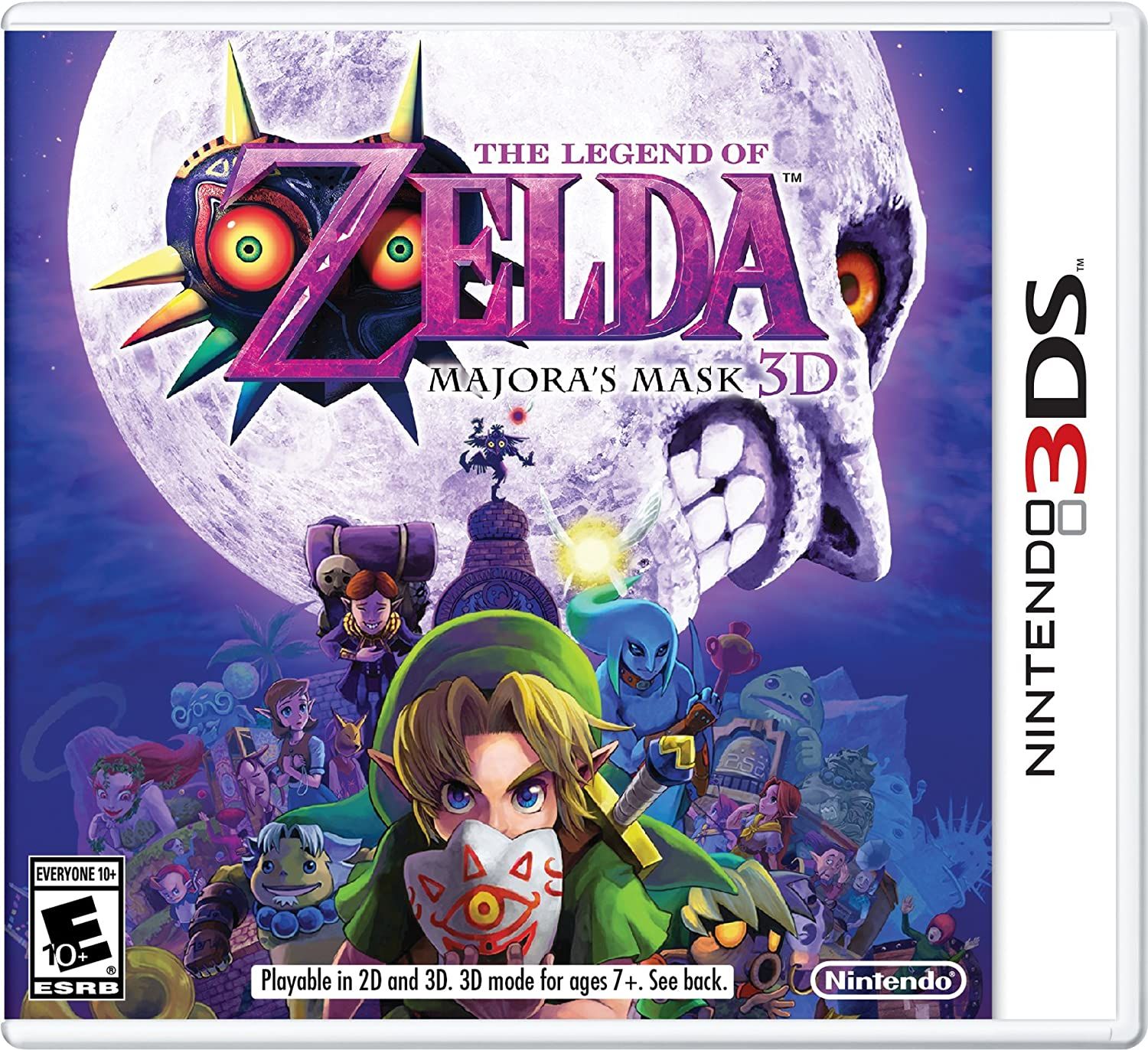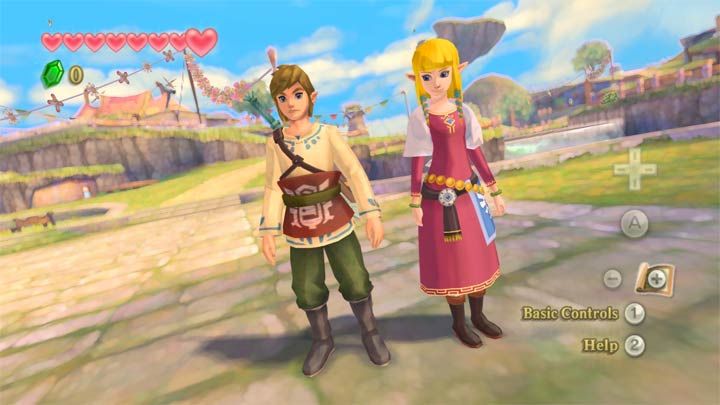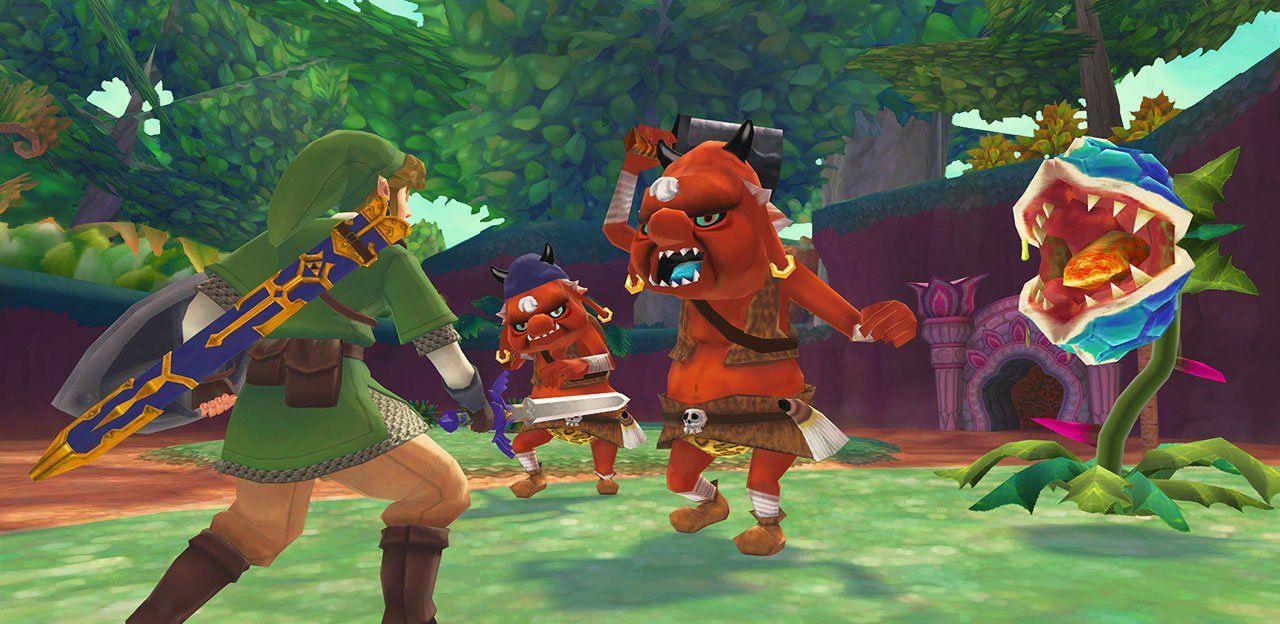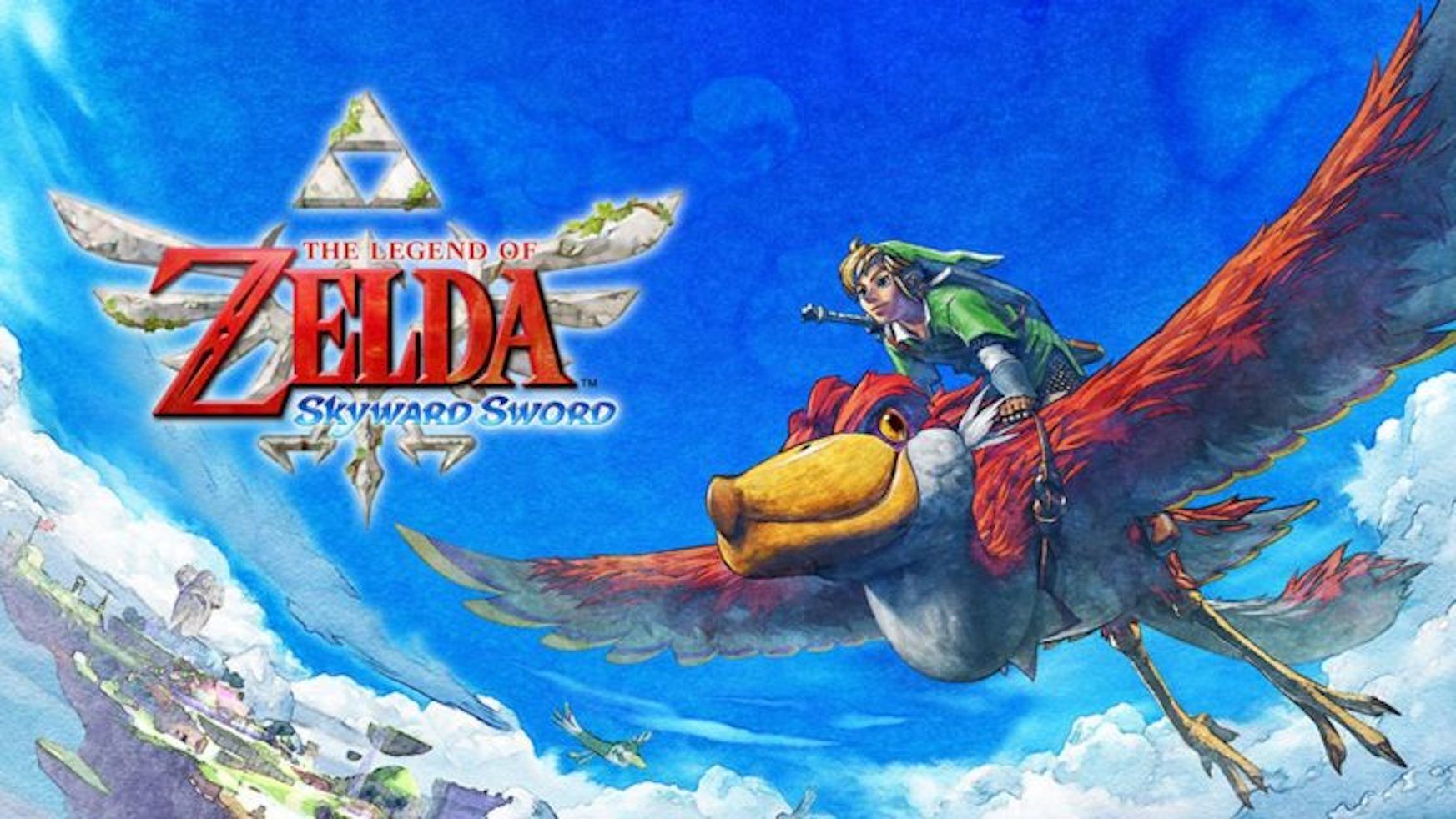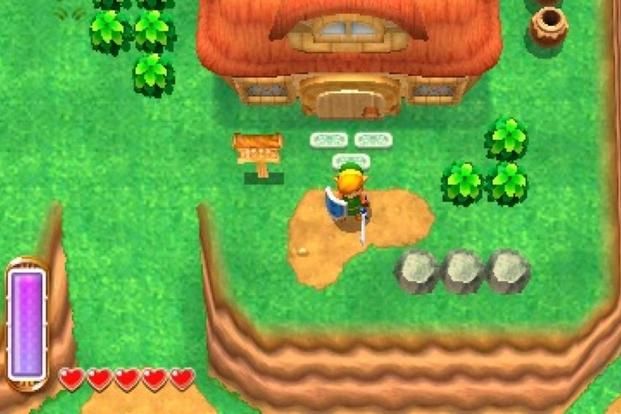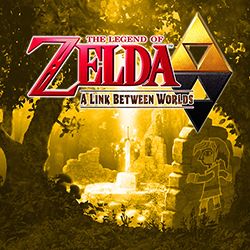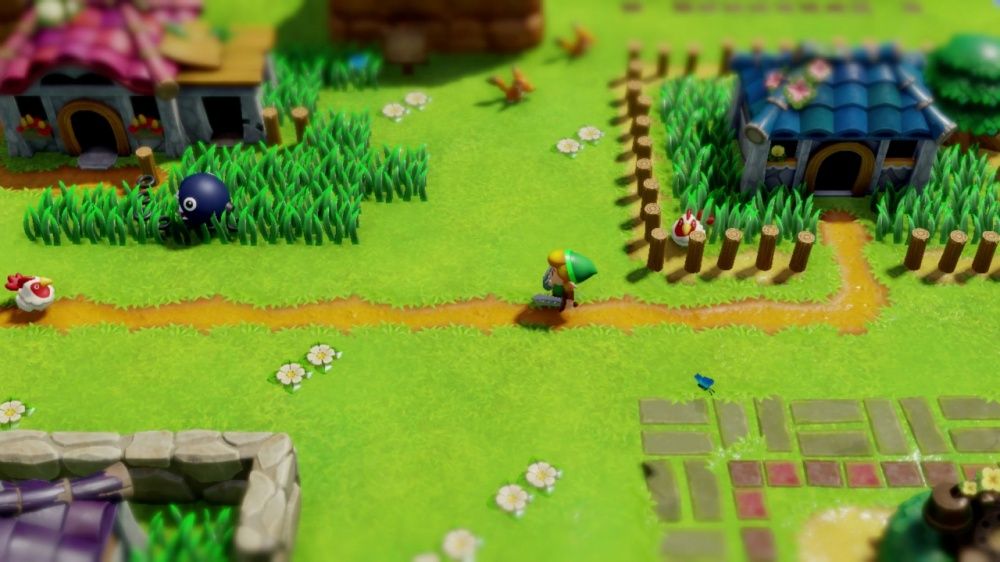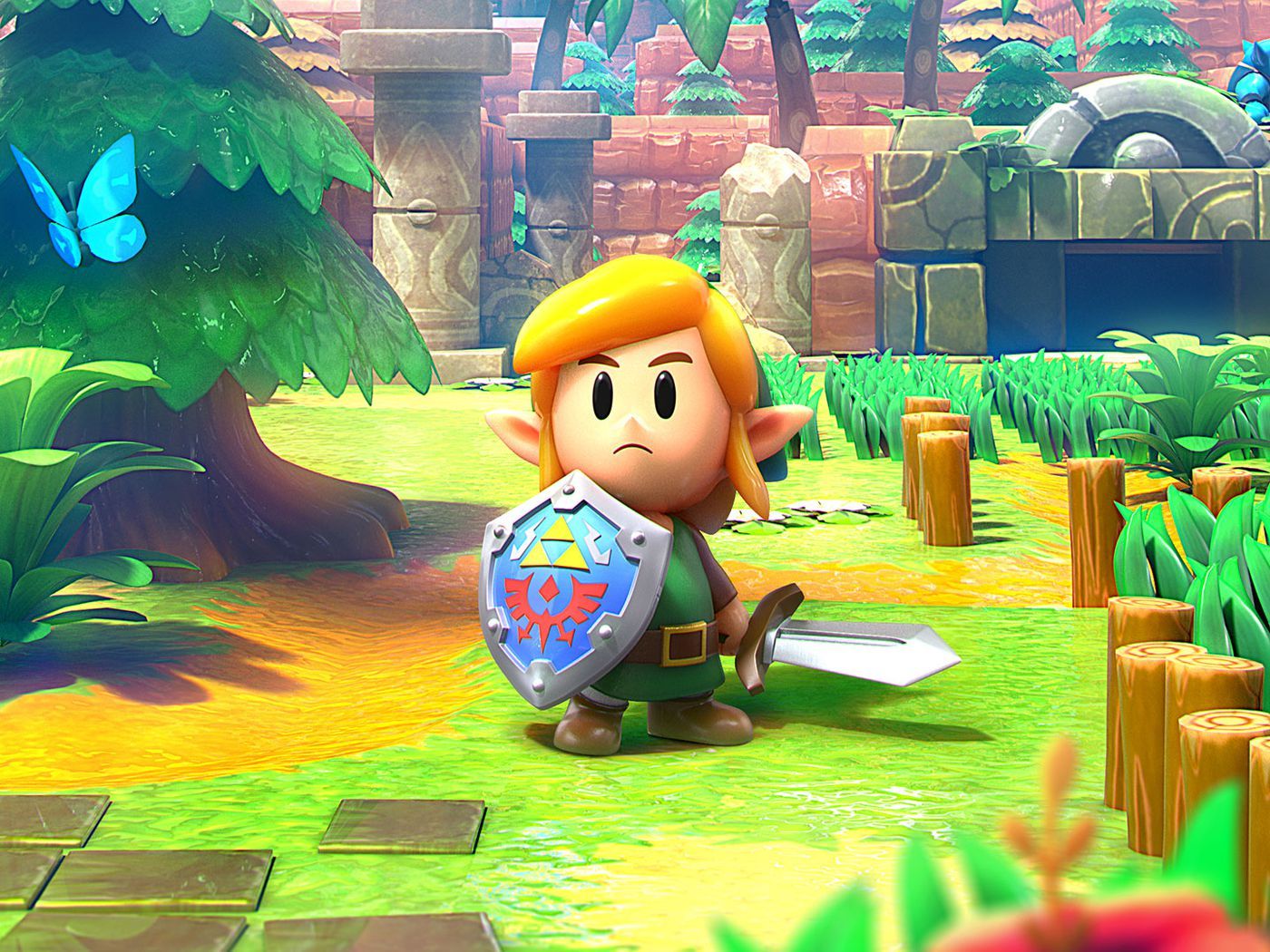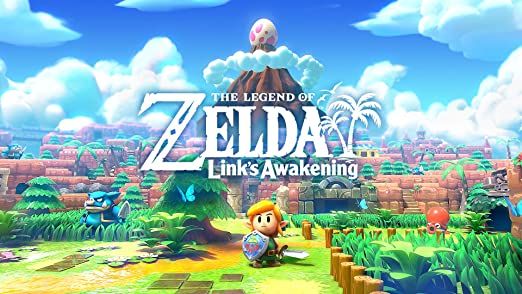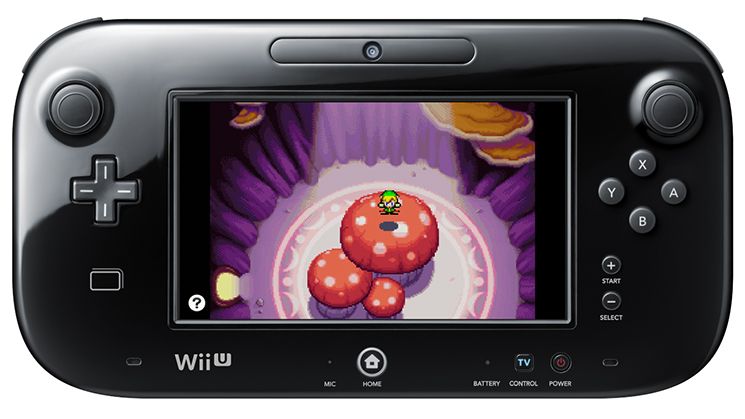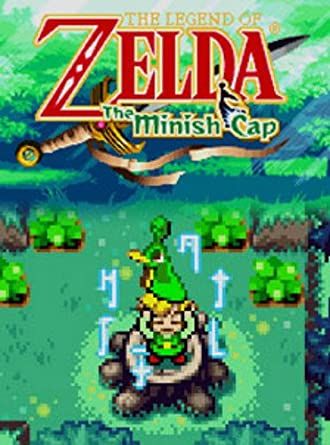- 9.10/10 1. Editors choice: Legend of Zelda: Ocarina of Time
- 9.80/10 2. Premium pick: Breath of the Wild
- 8.30/10 3. Best value: Legend of Zelda: Oracle of Ages
- 9.70/10 4. Legend of Zelda: Twilight Princess
- 9.00/10 5. Legend of Zelda: Windwaker
- 9.30/10 6. Legend of Zelda: Majora's Mask
- 8.90/10 7. Legend of Zelda: Skyward Sword
- 8.80/10 8. Legend of Zelda: A Link Between Worlds
- 8.70/10 9. Legend of Zelda: Link's Awakening
- 8.40/10 10. Legend of Zelda: The Minish Cap
Over the last forty years, The Legend of Zelda franchise has produced some of the most iconic video games of all time. It’s often lauded as one of the best series in video game history— not to mention one of the most prolific, spanning 19 original installments alongside a myriad of spin-offs, plush toys, cosplay outfits, books, and even recipes.
The game had humble origins, starting out as a disk game for Famicon back in the eighties. But even then, it was clear Nintendo had a hit on its hands, selling over 6.5 million copies and laying the roots for the modern RPG game. It’s come a long way in the last forty years, leaving its floppy disk origins behind and embracing newer technologies, like the 3DS, Wii U, and, most recently, Nintendo Switch. While the series is so solid from top to bottom that it’s hard to narrow it down to just ten games, we’ve tried our darndest. Read on for our picks for the ten best Zelda games.
One of the best reviewed installments in the Zelda franchise, Ocarina of Time made huge waves after its release in 1998. It had over half a million pre-orders, or more than triple the previous record. Today, it remains notable as the first Zelda game to embrace the 3D style that the series became known for and for setting the tone for the RPG style the game began to adapt towards. The game introduced a wide variety of elements to the gaming world that have since become industry standards, using significantly more cinematic design and focusing more heavily on cutscenes and dialogue, making it a benchmark in the world of modern RPGs.
The plot is set in two different periods, one featuring young Link and the other, an older Link seven years later. Link and the seven sages must work together to seal Ganondorf back in the dark realm and defend Hyrule from darkness. Link also uses the ocarina, later the Ocarina of Time, to solve puzzles and side quests and unlock special abilities.
Similar to its sequel, Majora’s Mask, Ocarina of Time allows players time travel throughout. The game is the first Zelda installment to introduce Sheik, a mysterious fighter who is eventually revealed to be Zelda. Like Toon Link and other Zelda characters, Sheik is used as a character in Nintendo’s Super Smash Bros series. It’s more difficult than previous versions of the game and a challenge for even the more veteran players of the series.
- New challenges in 3DS edition
- Music as integral part of gameplay
- Excellent game score by Koji Kondo
- Considered one of the best games of all time
- Classic Zelda game
- Well-designed side quest
- Compelling plot
- Outdated graphics
Breath of the Wild was a landmark achievement for the Legend of Zelda franchise, blowing away critics and fans alike with its high-quality graphics and complex world-building. It’s one of the best-rated games of its era and its complexity and emphasis on nonlinear gameplay have earned it accolades with many calling it a landmark for open-world design. Gamers have been just as enthusiastic as critics, buying over 20 million copies and making it one of the best-selling games of all time.
The plot itself is not all that dissimilar from previous releases, following a fairly well-established formula of kingdom-saving and puzzle-solving that Zelda players have grown to love. But where Breath of the Wild differs from its predecessors is the sheer amount of freedom it gives players, often leaving them to figure things out with little instruction or help. While the main quest is compelling in and of itself, the game offers an enormous amount of side quests, puzzles and shrines for players to solve. Some of these are essential or highly helpful— earning you heart or stamina containers— but many of them are just for the sheer fun of it. There are all kinds of wacky subplots you can get engaged in, building yourself a house, chatting with villagers, or just running around the vast kingdom of Hyrule, exploring the gorgeously designed landscape. If you’re a fight-the-bosses-and-call-it-a-day kind of gamer, this may not be for you, but if you’re the sort of player that likes to figure things out on your own, there will be no shortage of action for you here.
- Memory sequences allow for interesting cut scenes
- Intriguing puzzles
- Incredibly well-designed
- Open world format
- Excellent worldbuilding
- Compelling storyline
- Stunning graphics
- Not for gamers that just want straightforward action
Oracle of Ages is a stand-alone game in a two-part series, paired with Oracle of Seasons. The two were originally intended to be a part of a trilogy, where each game paired with a portion of the tri-force and was themed after its corresponding element, so Power (Seasons), Wisdom (Ages), and Courage. The game makers eventually scrapped this idea, choosing only to make these two versions, so courage doesn’t have a corresponding game. While Oracle of Ages can be played as a stand-alone, if you link it with the other game and complete both, a variety of material can be unlocked, including a modified ending and the ability to go back and play alternate versions of each game.
Since Oracle of Ages is based on the Wisdom portion of the triforce, it’s mostly an action-oriented game, featuring a variety of puzzles and with extensive attention to detail. The game’s plot revolves around the Triforce, which calls Link to Hyrule Castle where he discovers Impa, Zelda’s nurse, under attack. He receives a sword from Impa and, in what’s become a common Zelda theme at this point, discovers he must go back in time in order to prevent a crisis— the cutting down of the great Maku Tree. Players then must navigate a series of puzzles and interactions to complete this quest, retrieving eight essences from their corresponding dungeons and using them to stop Veran, the sorceress of shadows. Oracle of Ages is a bit more cerebral than its counterpart and a great fit for players who enjoy the puzzle-solving mechanic of the Zelda franchise.
- Very affordable
- Original Zelda fare
- Part of a two game series
- Based off of the Wisdom portion of the tri-force
- Can be played alongside Oracle of Seasons
- Puzzle-heavy
- Can be played in reverse after completion
- Not as graphically impressive as its counterpart
A fan favorite, Twilight Princess received near perfect scores upon its release and was initially considered the best Zelda game of all time. The art style and animation take a massive leap from previous iterations of the game and designers take full advantage of the technology available to them, creating vastly more nuanced graphics than the game’s predecessors. The game was eventually adapted for the Wii, a choice some critics praised, though others were frustrated by the motion-control mechanics and felt the game worked better in its original format. Still, today’s gamers and critics seem to collectively agree that Twilight Princess is one of the top Zelda games available.
Link takes two forms in Twilight Princess, starting the game in his typical form as a Hylian but transforming into a wolf halfway through when he enters the corrupted parallel dimension of the Twilight Realm. This transforms gameplay, giving players a chance to experiment with the two different forms and change combat tactics appropriately. There are nine dungeons for Link to explore in both Hylian and wolf form. Each dungeon begins with a puzzle and ends with a boss for Link to conquer. The game is largely action-based, emphasizing the challenges posed by bosses and other combatants. The artificial intelligence utilized by bosses in the game is significantly more advanced than previous iterations, with enemies able to dodge attacks and detect Link from a much greater distance. The game is also one of the first in the franchise to introduce the element of horseback riding, an element that’s featured prominently in later games like Breath of the Wild.
- Wii version allows for more secondary weapons
- Nine well-designed dungeons
- Well-written cut scenes
- More advanced combatant AI than previous games
- Improved graphics
- Action based
- Wii version not as strong as GameCube release
5. Legend of Zelda: Windwaker
Wind Waker is a unique installment in the Zelda series, embracing a somewhat controversial art style and switching up the typical Zelda formula. The game is the origin of the “Toon Link” character, a more stylized, juvenile version of Link that continues to appear in later games and is featured prominently in Nintendo’s Super Smash Bros series; it also features a new incarnation of Princess Zelda as Tetra, the pirate captain. While Wind Waker was widely lauded for its use of world-building and elements of puzzle solving, the most common critique that it received was the sheer amount of time you have to spend navigating from island to island— a task some gamers found compelling and others merely repetitive.
Unlike the typical Hylian formula, the game is set at sea, with players navigating a series of islands via boat. The Wind Waker is a baton that Link receives that allows him to direct the wind by playing a series of melodies, introducing a musical element echoed by Ocarina of Time. The Great Sea, which Link navigates with the Wind Waker, is broken into 49 gridded sections, each with its own island or chain of islands. While some of these islands contain elements essential to gameplay, others feature side quests or general exploration and are less pertinent to the main plot. A good chunk of the game is spent navigating from island to island and fighting combatants at sea, a style of combat that’s fairly new to the Zelda universe.
- Open world set-up with 49 gridded sections
- Unique sailing mechanics
- Strong core gameplay
- Wii U improves upon Game Cube version
- Innovative character design
- Introduces Toon Link
- New incarnation of Zelda
- Not as well received upon its release as other Zelda games
- Some find the sailing mechanic repetitive
Originally created for the Nintendo 64, Majora’s Mask was one of the early 3D versions of Link’s adventures. Completed in under two years, it’s one of the fastest developed games in the franchise. In light of that tightened timeframe, the game ends up reusing many elements from previous Legend of Zelda games, a choice that may be frustrating to the seasoned Zelda gamer but will likely go unnoticed by the more casual player. Similar to Ocarina of Time, the game focuses on music and asks the player to navigate through a repetitive time cycle where players have to save the day in only three days' time.
Unlike the majority of Legend of Zelda Games, Majora’s Mask isn’t set in Hyrule. Instead, it’s set in Termina, a dark, alternate universe. This choice allows gamemakers to set a much darker tone for the series, which is certainly the spookiest installment in the Zelda franchise. The plot echoes elements of previous installments but also establishes its own aesthetic, leaning into the darker, more melancholic elements of Link’s adventure. There are tons of side quests to explore but slightly less dungeons than previous installments, giving the game a more cerebral feel. While some gamers have argued that the mechanics aren’t as accessible as Ocarina of Time, others have lauded their complexity as an example of a more nuanced gaming style that requires more engagement from its players.
Though it was originally released for Nintendo 64 and Gamecube, an updated version with improved graphics is available for the Nintendo 3DS.
- Dark themes and underlying tone
- Distinct style of art
- Game Informer's "Top 100 Games of All Time"
- Set in Termina instead of Hyrule
- Inventive premise
- Time as element of plot
- Complex side quests
- More difficult than some of its predecessors
The sixteenth installment in the Zelda series, Skyward Sword is a sort of transitional game from the series, still relying on the basic structure of side quests and dungeons but not quite fully transitioning over to the open world format presented in Breath of the Wild. It’s also the first Zelda installment to make use of the Wii MotionPlus, which players use extensively for motion-capture so they can swing Link’s sword throughout the game. Additionally, it’s one of the first Zelda games to utilize a live orchestral score, supervised by the iconic Koji Kondo. While the game was widely well-received, it also got a fair portion of criticism, much of which gamemakers took to heart and used when developing Breath of the Wild.
Skyward Sword takes a departure from the game’s typical Hylian setting, instead placing Link on Skyloft, a floating island. The game focuses heavily on the origins of Master Sword, an important element in Zelda lore, which bestows the owner with special abilities in combat. As has become fairly standard, the game’s chief plot focuses around rescuing Zelda, who’s been kidnapped yet again. The narrative is fairly more complex than other iterations of the game and earned praise for well-written cutscenes and general dialogue. The game is also the first where Zelda is not portrayed as royalty but instead as Link’s childhood friend, a choice made to diversify the continuing theme of her getting kidnapped and needing to get rescued.
- Utilizes Wii Motion +
- Three overworlds
- Complexity of story
- Takes place at the beginning of the Zelda chronology
- Motion driven swordplay
- Orchestral score
- Well-developed plot
- Occasionally unreliable controls
Introduced as a follow up to A Link to the Past, A Link Between Worlds is the 17th installment in the Zelda series. It may not have been as big of a sell as other games in the franchise, but it was still well-reviewed by critics and celebrated for its clever use of game mechanics, including the introduction of a new, well-merging mechanic. Unlike some other top-down games, A Link to the Past lets players complete the game at their own tempo, choosing which dungeons they want to complete first. It’s nowhere near the amount of autonomy we see in later open-world games, like Breath of the Wild, but it is a step in that direction, especially when you consider how restrictive previous Zelda games had been about game order.
A Link to the Past has Link working as a blacksmith’s apprentice who goes to deliver a sword and gets caught up in a fight with a figure known only as Yuga. Yoga’s unusual ability allows him to turn people into paintings. But Link, who is protected from this ability by a powerful bracelet, escapes this fate, and can now use his new, painted ability to merge with walls and travel around them as a painting. Players then work to solve a series of puzzles and overcome the power of Yuga to restore the triforce and rescue Hyrule. Link to the Past uses many locations that will be familiar to previous gamers which means less new areas to explore, but also lets players revisit old haunts.
- Top-down perspective
- Critically acclaimed
- Choir and synthesizer utilized in score
- Excellent puzzle mechanics
- Adapts well to the 3DS graphic capabilities
- Wall-merging mechanics
- Less new areas introduced, mostly previous game geography
The original Link’s Awakening was notable for the ways in which it switched up the Zelda formula, leaving Hyrule behind and having Link stranded on an island, hunting down instruments to awaken a giant whale. The new version, adapted for Nintendo Switch, is largely similar, retaining many of the same mechanics and the top-down perspective of the original. The graphic design is much livelier than other, recent 3D installments of the franchise, and seems to harken back to a more playful age in the Zelda franchise, using more colorful, retro-modern design. Overall, it’s a welcome, light-hearted callback to earlier, simpler days in the franchise.
When it comes to gameplay, Link’s Awakening largely sticks to the original, but there are a few elements that differentiate it from the 1980’s version. While the game is largely top-down, there are also opportunities for side-scrolling and, unlike most games from this vantage point, players can jump over obstacles and onto platforms. The dungeons and minigames have also received some updates, including improved functionality and added obstacles for players to overcome. The way weapons are equipped has changed as well, so that Link’s main weapons are automatically equipped at all time, leaving players with the ability to use other buttons to equip additional tools. Players that have gotten used to the advanced, open-world layout of recent Zelda releases may find themselves yearning for more complexity, but if you’re looking for a throwback with old-fashioned video game thrills, Link’s Awakening will hit the spot.
- Re-appearance of Toon Link
- Graphically improved adaptation of original game
- Side-scrolling and top-down perspectives
- Fun, stylish gameplay
- Glossier version of the Zelda universe
- Faithful to original Zelda aesthetic
- Some technical glitches reported
Original released for Gameboy Advance, The Minish Cap has since been adapted for Wii U. It was well-received upon its release, with critics and gamers noting the whimsical, cartoonish style, which seemed to echo previous “Toon Link” games, like Wind Waker. Both the Game Boy Advance and, to a lesser extent, the Wii U version have received some criticism for their length, which is far shorter than other more elaborate games, and is especially dwarfed by the series’ most recent 3D releases. But for players looking for a brief, low-stakes adventure, the game’s brevity shouldn’t be any problem.
Minish Cap is a top down game, retaining the nostalgic, old-school graphics of the original. In typical Zelda style, players navigate a series of dungeon puzzles. Completing each dungeon will grant players with an item that they need to use in order to defeat the boss that awaits them at the dungeon’s end. Link needs to navigate these dungeons and collect four artifacts in order to reclaim a sword that he can use to conquer Vaati, the game’s chief antagonist.
A new element the game introduces is Link’s ability to shrink down to miniature size using Minish portals scattered throughout the game. This changes the way Link must navigate the world, rendering blades of glass as giant walls and tiny puddles as insurmountable lakes. This means that every environment has two versions, a large and a small; this mechanic is utilized frequently as something Link must use in order to solve a puzzle or navigate a specific environment.
- Good for beginning players
- Includes a variety of characers from Zelda's N64 games
- Top-notch soundtrack
- Variety in side quests to help elongate game play
- Wii U version improves upon graphic quality
- Very reasonably priced
- Not as difficult as other Zelda games
- Doesn't adhere entirely to original controls, since it's been adapted to a new console
Arguably one of the most popular video game franchises of all time, Legend of Zelda has spawned some of the most iconic characters and ground-breaking games in Nintendo history. Over almost forty years and nineteen installments, game makers have managed to create a word that’s cohesive and continuous with very few (*cough* Wand of Gamolon *cough* ) duds. Few other games have managed to so consistently receive acclaim from gamers and critics alike, and it’s worth considering a few of the elements that make Legend of Zelda such a success.
Summing Up Legend Of Zelda Games
In many ways, Legend of Zelda provided the foundation for the modern 3D video game. It was one of the first franchises to use cut scenes and prioritized a complexity of mechanics that went beyond the standard slice-and-slash RPG of the eighties and nineties. Creators from Final Fantasy, Assassin’s Creed, and other popular games have all cited Legend of Zelda as one of their major influences, detailing the ways in which it’s become a sort of template for the modern 3D game creator.
This complexity is balanced out by a natural intuitiveness that's present in all of the franchise's games; Legend of Zelda installments excel at establishing a balance between ease and challenge. Sure, the games all follow roughly the same formula— get/gather/find the sword/sages/artifacts so you can rescue Zelda/Hyrule/the world-- but from that formula Nintendo has managed to establish startling amounts of nuance, choosing to lean into the cinematic style of the modern RPG and create characters that are as compelling as the worlds around them. And while the plots may all seem vaguely similar, there are startling, interesting developments in each, from turning into a wolf, to traveling back in time, to sailing the high seas with a baton you have to use to change the weather. The natural intuition and creativity of the design keeps the games from ever feeling stale or old fashioned and the complexity of the characters keeps the writing from feeling lazy or two-dimensional.
It’s also clear that the game designers value creating an experience that doesn’t undermine the player’s intelligence. From crafting an elaborate puzzle system to choosing to use a live orchestra for their scores, the designers make choices that reflect a respect for the experience of the player. The attention to graphic detail is also startling, especially in later games, like Twilight Princess and Breath of the Wild. Almost all of the game’s elements reveal a great attention to detail and nuance that significantly improve player experience.
FAQ
Q: What was the first Zelda game?
The beginning of the Zelda franchise can be traced back to 1986. The first-ever Zelda game available to gamers was simply titled The Legend of Zelda. At the time series creator Shigeru Miyamoto probably could not envision where the franchise would be today. The first Zelda game was released on the Family Computer Disk System. One look at the graphics and visual appearance of this game and it’s clear to see just how far our gaming technology has come since then. The original game was later ported to the popular Nintendo Entertainment System. The NES was a popular console, thus this is the version that most people are familiar with. The game introduced us to Link and it remains one of the best Zelda games ever made.
Q: What is the best-selling Zelda game of all time?
Given how old and well respected the Zelda franchise is, it is quite a shock to see the most modern Zelda game top the list of best-selling Zelda games. The fact that the franchise has remained relevant for over 35 years is truly incredible. With the success of Breath of the Wild, some would even argue that the series has never been in such a prosperous state. What’s truly frightening is the distance between Breath of the Wild and the second place Twilight Princess. Both are incredible games, but Breath of the Wild sold over 23 million units while Twilight Princess clocks in at around 8.7 million units. Breath of the Wild is without a doubt one of the best Zelda games ever made and it set a new standard for the series.
Q: Is there a Zelda movie?
Unfortunately, there is currently no Zelda movie available to fans of the game nor is there one in development. There have been countless fan-made depictions in the past and many are extremely well made. The stumbling block of a silent protagonist likely makes a feature film a tough task to complete. However, perhaps a television show would suit Link’s story better than a movie would. Netflix was reportedly developing a Zelda series before Nintendo pulled the plug on the project in 2015. With a Super Mario Bros. movie starring Chris Pratt right around the corner, don’t be surprised to see some of the best Zelda games adapted in the new future.
Q: Does Link ever speak?
Throughout countless Legend of Zelda games, Link never speaks. Our silent protagonist has been quiet for years and series creator Shigeru Miyamoto has a great reason for this silence. He believes that he wants every player to feel as they are Link. If Link were to speak, the illusion that the player is the hero of the story would be broken. One of the best Zelda games in Breath of the Wild actually takes time to explain why Link doesn’t speak. For the first time, a Zelda game explains that Link's stoic behavior is a coping mechanism for the young hero. It allows him to bear the burden of his pain more easily.
Q: What is the next Zelda game?
The Legend of Zelda: Breath of the Wild was the latest mainline Zelda game to hit home consoles. The game was a massive success when it was released on the Switch in 2017 and its highly anticipated predecessor has fans eagerly awaiting a 2022 release date. It’s extremely rare to see a Zelda game receive the sequel treatment but the direct sequel in development is soon to arrive on the Switch. However, if we don’t take into account mainline games, the newest release would be a HD remake of Skyward Sword that was released in 2021. Skyward Sword was originally released in 2011 so this remake brought forth some much improved visual quality.

